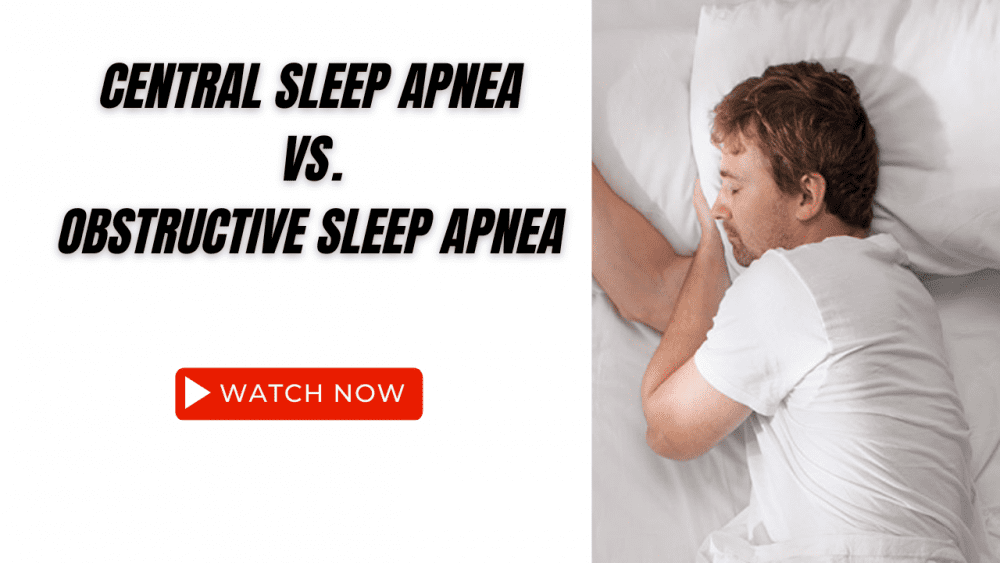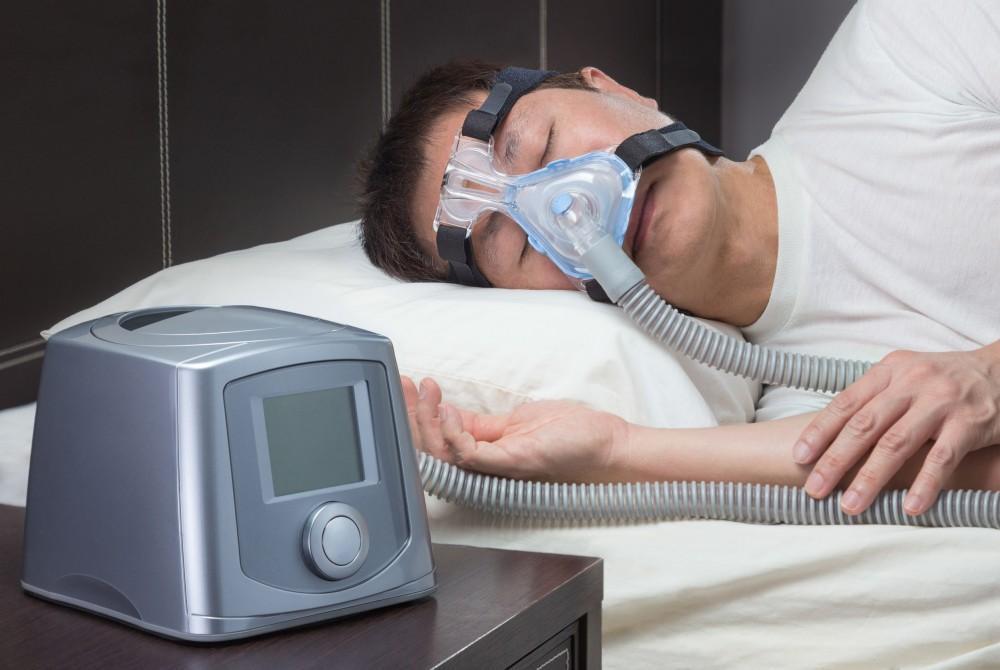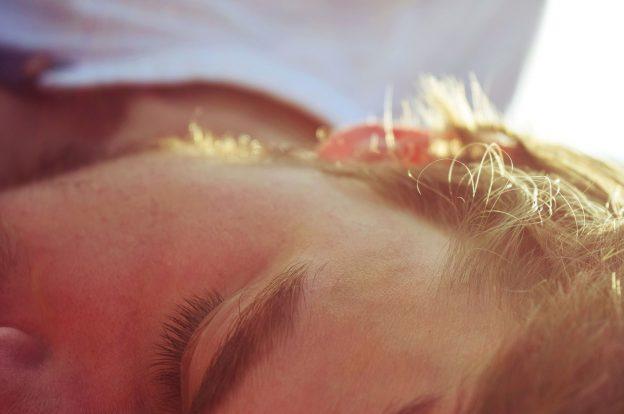
Spring Clean Your Way to Better Sleep

Believe it or not, spring is almost over. It seems just yesterday we were all navigating the zombie-like fog of everyone’s least favorite springtime tradition: Daylight Saving Time. For a lot of people, another springtime ritual gives even DST a run for it’s money: we’re talking about spring cleaning. Love it, hate it, or ignore it – spring cleaning is a great opportunity to start anew. And while we could care less what your baseboards look like or when you last scrubbed the oven out, there’s one aspect of spring cleaning no one should ever overlook, though chances are good you already have. Your sleep. Revamping and cleaning up your sleep space, routine, and habits can jump start great, restorative sleep. And it involves a little more than washing the sheets and fluffing the pillows. Let’s get started:
-
Get rid of bedroom clutter.
Seriously. Stop thinking of your bedroom as the room to shove everything into when you know company is coming but don’t have time to triage a month’s worth of mess in the 15 minutes before your guests arrive.
It may sound dramatic, but healthy sleep sort of depends on a tidy bedroom. A study out of St. Lawrence University that was subsequently presented at SLEEP 2015 found that people with hoarding tendencies (lots and lots and lots of clutter) have difficulty falling asleep, experienced more sleep disturbance than their tidier counterparts, and were more likely to feel fatigued the next day. Another study published in Aging and Mental Health saw 22% of geriatric hoarders receive a co-diagnosis of sleep apnea.
Even if you aren’t a diagnosed hoarder or a geriatric patient, clutter is bad news for sleep. It’s been linked to feelings of anxiety and depression, both with clear ties to insomnia, and can present your brain and body with “sensory overload” just as you’re trying to drift off.
-
Micromanage your mattress.
We’ve already discussed the importance of changing your mattress regularly, before it can break down, collect allergens, and hinder sleep. But even if it’s not quite time to splurge on a new one, make sure you’re tending to the one you have regularly:
- Rotate your sleep surface every two weeks to keep wear evenly distributed
- Resist the temptation to perch on the side of your bed while you check your phone or pull on your socks to avoid premature sagging on the edges
- Protect it with a mattress pad and fitted sheet that you wash regularly
- Keep it dry — that means no more tossing damp towels onto it!
- The vacuum isn’t just for the floor. A furniture attachment can banish common allergens or fiber-wrecking debris.
-
It’s time to replace your pillow. Really.
The mattress may be the star of the show, but your pillows need love, too. If you’ve been snoozing on a pillow for longer than six months, or stacking flattened pillows to boost loft, you need a new pillow. If you wake up with aches in your neck and back, or if you’re wheezing and itching, it’s time to find a more suitable solution. Keep your pillows clean and covered to protect them and extend their life.
-
Do an allergy check.
Allergens like dust, pollen, dander, and mold are slumber killers. When’s the last time you changed your home’s air filter? How about the last time you dusted the fan blades above the bed? Does a beloved pet add a little more than a warm presence to your bed and bedroom?
If you wake up scratching, have dry airways or eyes, wheeze, or experience congestion that fades away later, you might need to do some allergen-busting. Keeping a clutter-free room and clean bed — mattress, pillows, sheets and all — will help, but getting a HEPA filter, some hypoallergenic sheets, and controlling the humidity (30-50% is ideal) in your room can all help you sleep without sneezing or wheezing.
-
Keep the right light.
Blue light from technology needs to go, stat. Light filters are pretty standard on all smart phones now, and you can get an eye-strain film for bigger screens like TVs to avoid messing with your melatonin levels before bed. Similarly, if your bedroom window is directly east or west, the heat and light from the sun can disrupt sleep, especially if you do shift work. Light and heat film over windows can definitely help.
-
Cut through the noise.
It’s tough to soundproof a structure after it’s already been built, so unless you live in the middle of nowhere, traffic and ambient sound is just inevitable. Noise dampening curtains on the windows can help, and so can fabric wall hangings, so long as they’re frequently cleaned. If your bed partner snores, encourage them to talk to a sleep doctor. Some snoring is normal, but it should never be ignored — it’s one sign of sleep apnea, which can cause major health problems down the road.
-
Don’t ignore CPAP chores.
If you’ve been diagnosed with sleep apnea already and use CPAP therapy to manage it, you can’t ignore the day-to-day maintenance. Stick to the recommended cleaning and replacement schedule, and you’ll continue to reap all of the benefits of your machine.
-
86 your old alarm clock.
Sorry, but this isn’t permission to wake up whenever you feel like it. Rather, we want to urge you to trade in your 80s-era digital blinker in for something either more analog or more high tech. Brightly lit clock faces and clocks with glaring red numbers are counterproductive for sleep. For one thing, they can cause you stress. If you already can’t sleep, rolling over and noticing that you’ve only got three hours to get a good rest in isn’t going to help. The light from your clock can also disrupt your sleep cycle. Go for a good old-fashioned bell-and-clapper model or upgrade to a clock that wakes you by mimicking the rising sun.
So, before spring ends and the rush of summer starts, take a bit of time to look at your sleep environment and habits – you’ll be glad you did! Sleep better, feel better.
You Might Also Enjoy...


Dr. Kakar Products

Central apnea vs. Obstructive sleep apnea

Warning to Patients about Ozone Cleaners

Ways to Help You Keep Hope Alive

